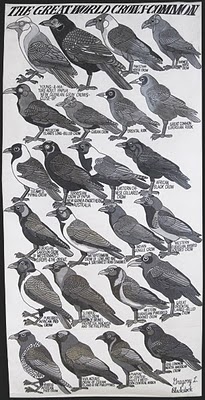Well, this post has been a while in the making. It was a very hectic Spring and Summer and hopefully I will have a little more spare time now to write the occasional posting.
But here is the Census of Marine Life in the smallest of nutshells, or the tiniest tip of a vast ice berg.
Described on the website thusly:
A DECADE OF DISCOVERY
2,700 scientists
80+ nations
540 expeditions
US$ 650 million
2,600+ scientific publications
6,000+ potential new species
30 million distribution records and counting
2,700 scientists
80+ nations
540 expeditions
US$ 650 million
2,600+ scientific publications
6,000+ potential new species
30 million distribution records and counting
Essentially it is a massive catalogue of what the oceans contain. The scope of this project is enormous bringing together scientists from different institutions in different countries to research as much ocean as possible over many expeditions. The mind boggles.
And here are some of the poster children of such an effort.
This is a link to the COML gallery for more astounding images of recently discovered creatures of the sea.
Christmas tree worm (Spirobranchus giganteus) found at Lizard Island (Great Barrier Reef)
The blue tendrils are actually its breathing apparatus.
Credit: John Huisman-Murdoch Univ.
View inside the mantle of a Cirrate octopod (Stauroteuthis syrtensis). One of the few known bioluminescent octopuses. Photophores (bioluminescent organs) are thought to fool prey by directing them towards the mouth. Found in the Gulf of Maine at 800m.
Credit: David Shale
A golden lace nudibranch (Halgerda terramtuentiss). Collected in the waters of the Northwestern Hawaiian Islands.
Credit: Corey Pittman, NOAA, PIFSC, NHIMN
Octopus specimen collected at the Great Barrier Reef's Lizard Island at a depth of 10-12 m
Credit: Ifremer, A.Fifis 2006
And I realize that the Census for Marine Life has done a good deal more that provide us with a few new interesting creatures to look at...but isn't that the start of education? That we can all be engaged with some images long enough that we might learn something.














































